The Raipur Municipal Corporation (RMC) has directed all real estate developers to construct at least 50 rainwater harvesting pits using innovative technologies in their respective townships. This directive forms part of a broader initiative by the RMC to improve the city's groundwater levels and ensure sustainable water management practices.
The RMC has set an ambitious target of constructing 50,000 rainwater harvesting pits, with 20,000 of these to be completed during the current monsoon season. Each rainwater harvesting pit is capable of conserving approximately 2 lakh liters of rainwater, making a substantial impact on the city's water resources.
In a crucial meeting, RMC Commissioner Abinash Mishra gathered builders and members of the Confederation of Real Estate Developers’ Associations of India (CREDAI) from Raipur to address the issue of the city's rapidly falling groundwater levels. The meeting aimed to secure the commitment of developers to construct the directed 50 rainwater harvesting pits in their projects.
"This initiative will help maintain and increase the groundwater level, addressing the city’s water crisis," said Commissioner Mishra. "This is the first time that all CREDAI officials and member builders have come together to tackle the city’s deepening water crisis. With innovative technology, it is possible to recharge up to 2 lakh liters of rainwater in one pit annually", he added.
The agreement from builders and CREDAI officials to immediately begin the construction of these pits marks a pivotal moment in the city’s efforts to manage its water resources. The initial focus will be on areas where the groundwater levels are critically low, such as Saddu, Mowa, and Daldal Seoni. These areas have been identified as priority zones for the installation of rainwater harvesting systems due to their continuously falling groundwater levels.
CREDAI members also committed to persuading non-member builders to join the initiative. The goal is to construct 2,000 rainwater harvesting pits using innovative technology throughout Raipur. This large-scale adoption of rainwater harvesting is expected to significantly bolster the city's groundwater levels, particularly during the summer months when water scarcity is most acute.
Geo Hydrologist Dr. K Panigrahi briefed CREDAI officials on the new innovative technologies for rainwater harvesting. Dr. Panigrahi highlighted the disparity in groundwater availability across different areas of Raipur. For instance, while proper water can be found at a depth of 80 feet in Sundarnagar and Bhatagaon, it is challenging to obtain water even at a depth of 1,000 feet in other localities like Mandi Gate to Vidhan Sabha.
The Central Ground Water Board (CGWB), Chhattisgarh, has reported alarming groundwater extraction levels in areas such as Dharsiwa block, which encompasses 70 wards of the RMC and key industrial zones. The groundwater extraction in this area stands at a critical 97.04%, underscoring the urgent need for effective water management solutions.
Following the RMC's directive, several prominent builders, including Raheja Homes, Raheja Nirman, Wall Fort City, and WallFort Heights, have already begun constructing 25 rainwater harvesting pits each using innovative technology. These early adopters are setting a positive example for the rest of the city's developers.
One of the success stories of this initiative is Indira Smriti Van in Daldal Seoni, where over 50 lakh liters of rainwater have been collected in three pits so far. This achievement showcases the potential impact of widespread rainwater harvesting in addressing Raipur’s water scarcity issues.
RMC's directive to construct rainwater harvesting pits is a strategic move to address the critical water shortage in Raipur. This initiative not only addresses immediate water needs but also sets a precedent for sustainable water management practices in urban areas. As more builders join the campaign, Raipur moves closer to a future where water scarcity is a challenge of the past.
Image source- Pinterest

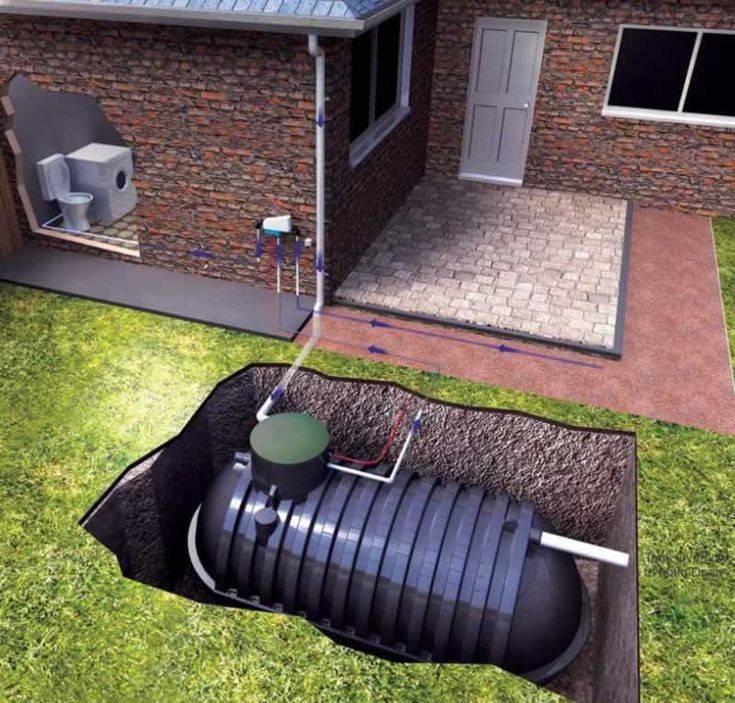
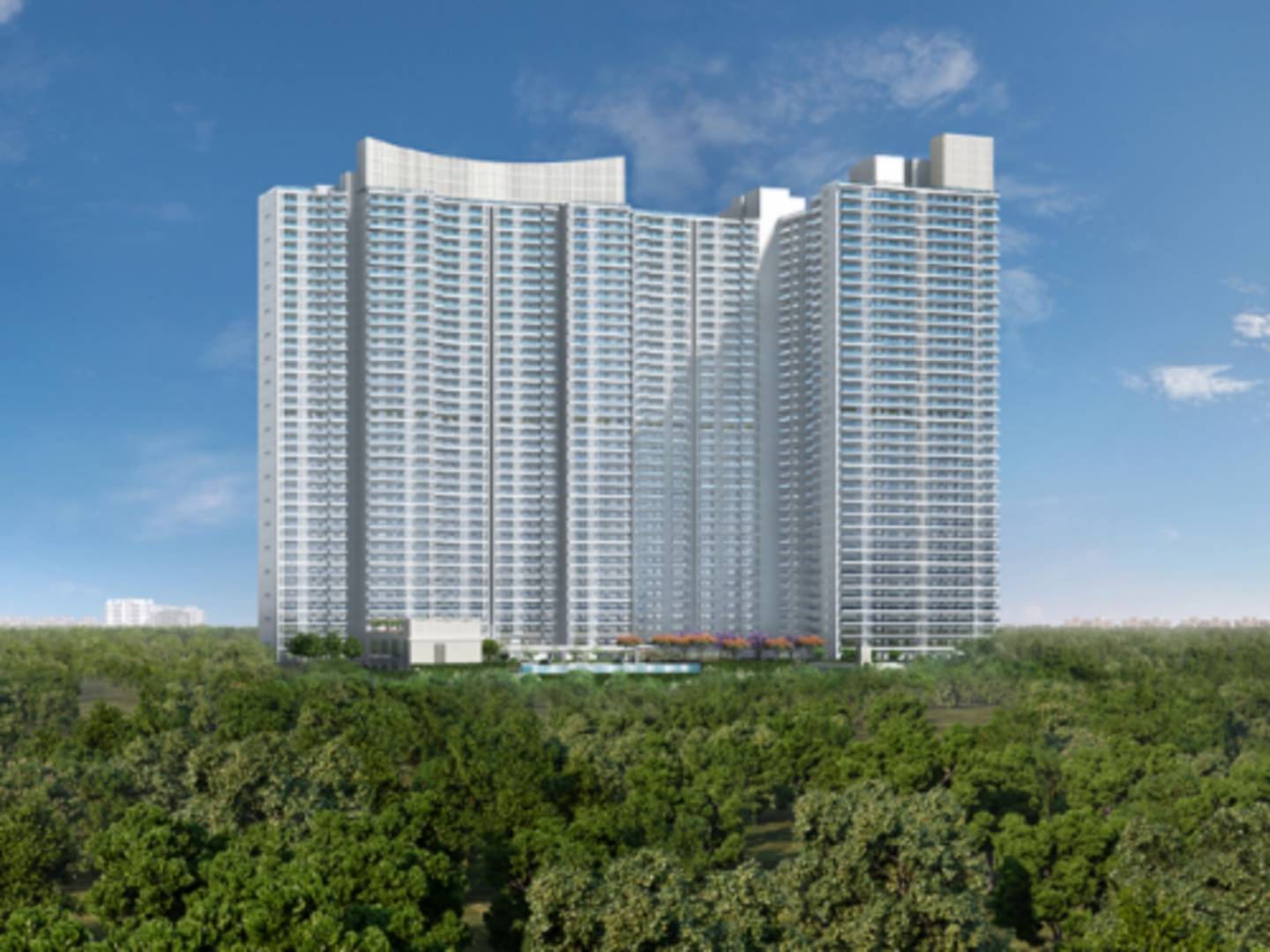
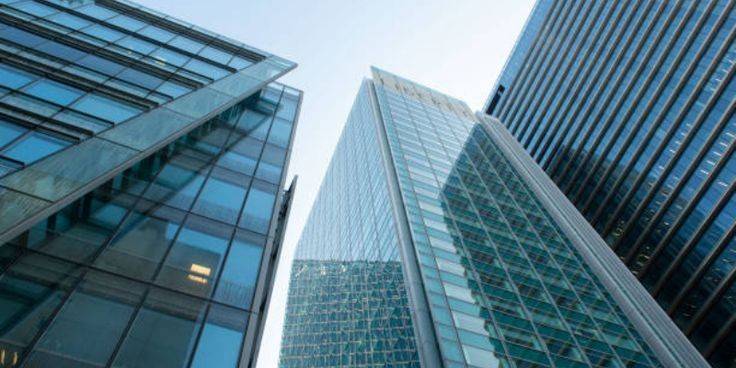
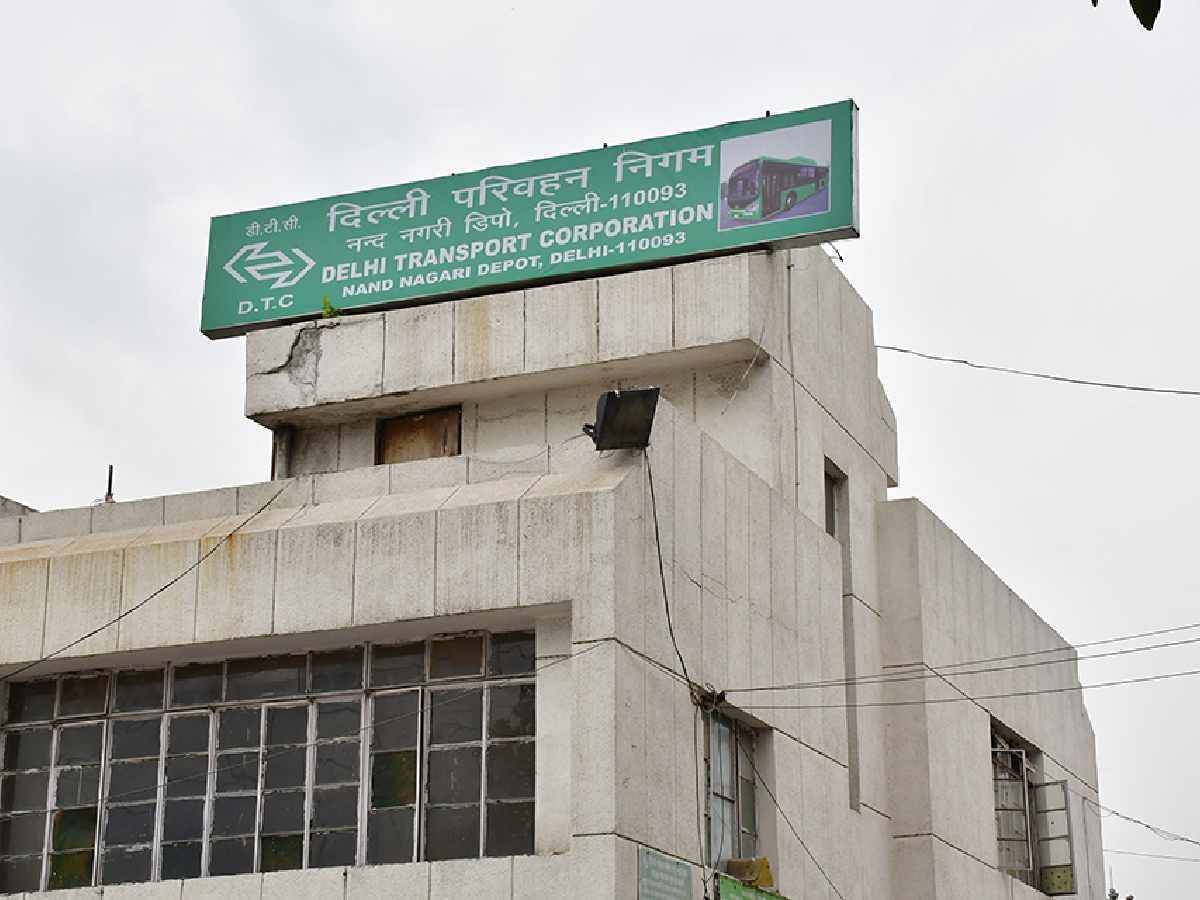
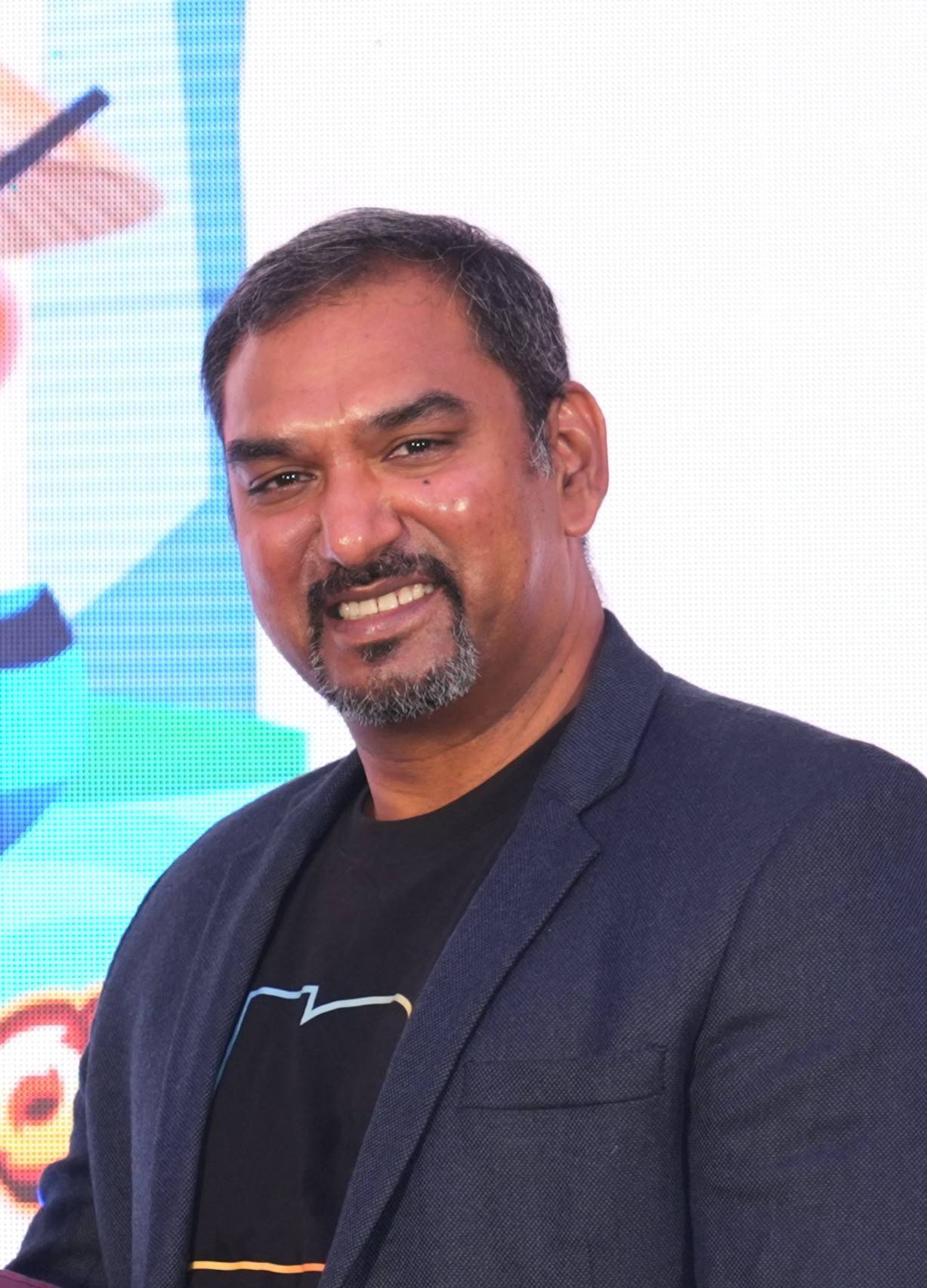
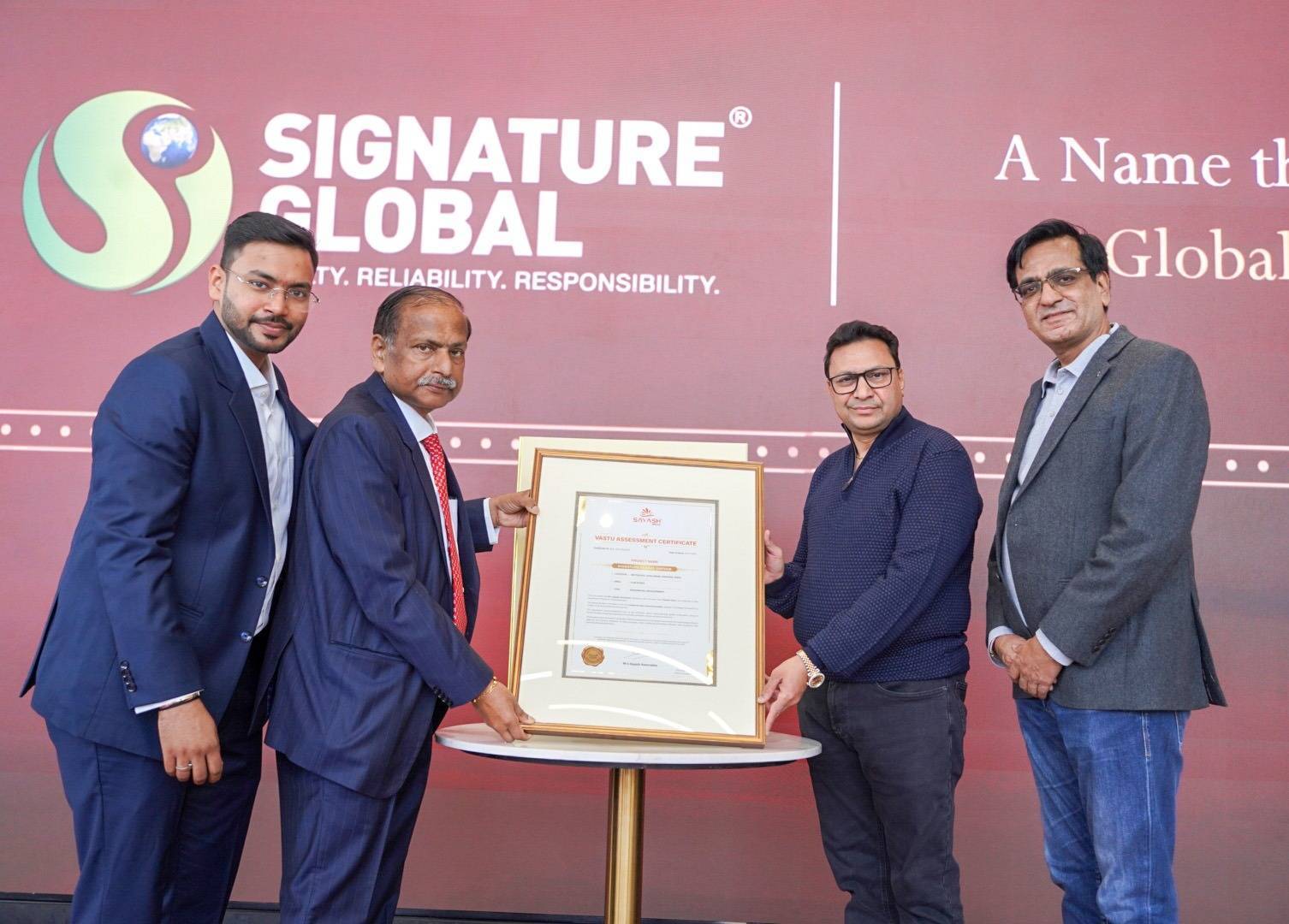


.png)